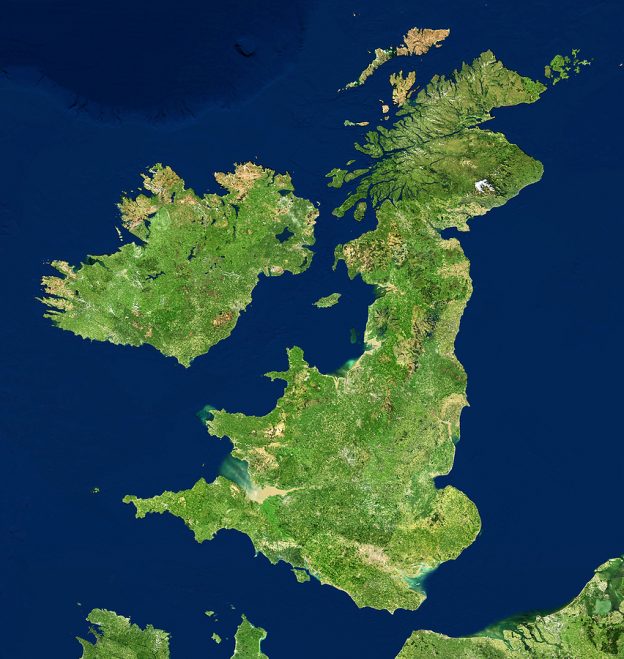
Wherever you live in the UK, it’s crucial that you understand your tax position. It used to be that all tax policy was governed entirely by central government in London.
But as Wales and Scotland gained their devolved powers, this is no longer the case. They now have the opportunity to set income tax rates that best suit their local populations.
What’s different and what’s stayed the same?
The Personal Allowance rate is still set by central government and applies throughout the whole of the UK.
For the 2021-22 tax year, this is set at £12,570. Which means you can earn this amount, anywhere in the UK, and not pay any income tax at all.
Income Tax rates
England, Wales and Northern Ireland
In England and Northern Ireland, the income tax rates for 2021-22 tax year are:
- 0% if you earn under the Personal Allowance of £12,570
- 20% Basic Rate if you earn between £12,571 and £50,270
- 40% Higher Rate if you earn between £50,271 and £150,000
- 45% Additional Rate if you earn over £150,000
Scotland
Scotland’s government has identified five different tax bands, with different rates.
- 0% if you earn under the £12,570 Personal Allowance
- 19% Starter Rate if you earn between £12,571 and £14,667
- 20 % Basic Rate if you earn between £14,668 and £25,9265
- 21% Intermediate Rate if you earn between £25,296 and £43,662
- 41% Higher Rate if you earn between £43,663 and £150,000
- 46% Additional Rate if you earn over £150,000
Why are the rates different in different UK countries?
As devolved powers, Scotland and Wales can set their own rates of income tax. For this tax year, the Welsh government has decided to keep theirs the same as England and Northern Ireland. But this doesn’t mean that they’ll always do this. They now have the freedom to change this themselves. Scotland has chosen to use a five tier system that they consider to be fairer to Scottish citizens.
Tax Codes
Tax codes encrypt information about your personal tax position. The number represents the amount of Personal Allowance you’re entitled to and the letters are code for other aspects of your financial situation.
This means that the number in your tax code will be the same, no matter where you live in the UK. Most taxpayers will be entitled to the £12,570 Personal Allowance, so the number in their tax code will be 1257. The number is always your Personal Allowance amount divided by 10.
The letters of your tax code refer to other elements of your financial position, like the tax band you’re in and if you claim certain allowances. Some of these are the same, regardless of where you live.
For example, if you get the Marriage Allowance from your civil partner or spouse, it’s represented by the letter M. And N, if you’re the one giving the 10% of your Personal Allowance.
Others are different because of the different income tax rates. For example, Scottish taxpayers will have the prefix ‘S’ (for Scotland) in various bits of their tax codes. Likewise, Welsh taxpayers will have ‘C’ (for Cymru, Wales in Welsh) within their tax codes.
Why do I need to know about the income tax rates?
This is a big change for all UK taxpayers. You didn’t even need to think about income tax rates if you were considering a move to another part of the UK. Because England, Northern Ireland, Scotland and Wales all had the same rate. Depending on your income, a move to Scotland from another UK country could reduce or increase your income tax bill.







